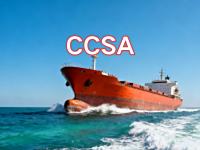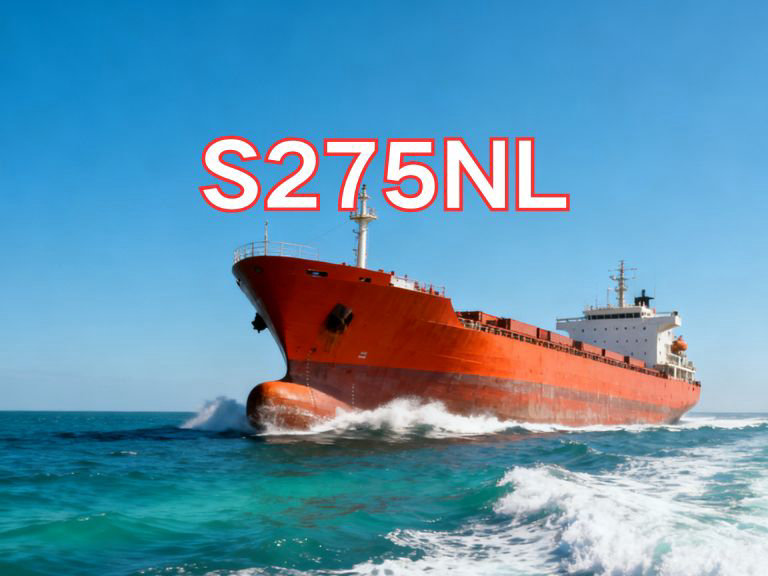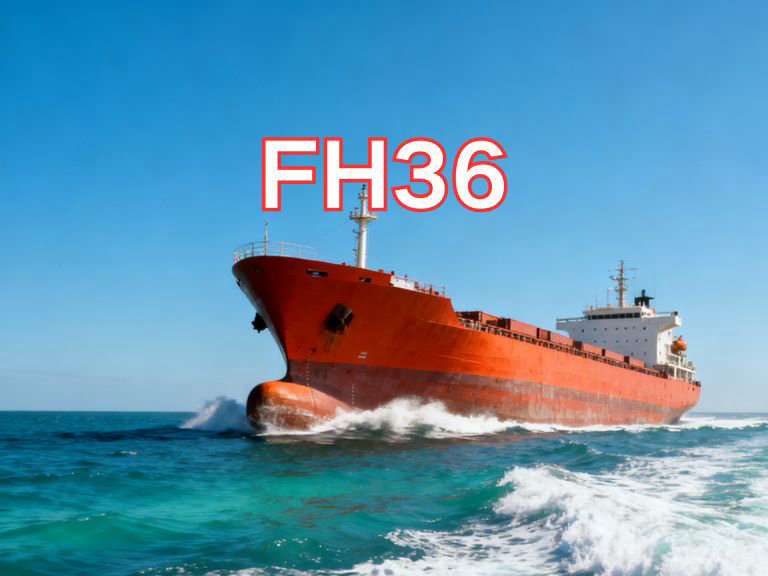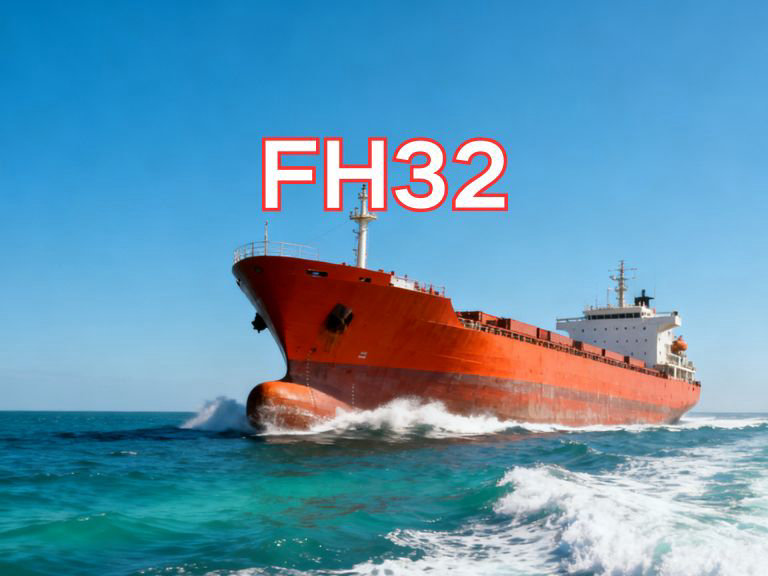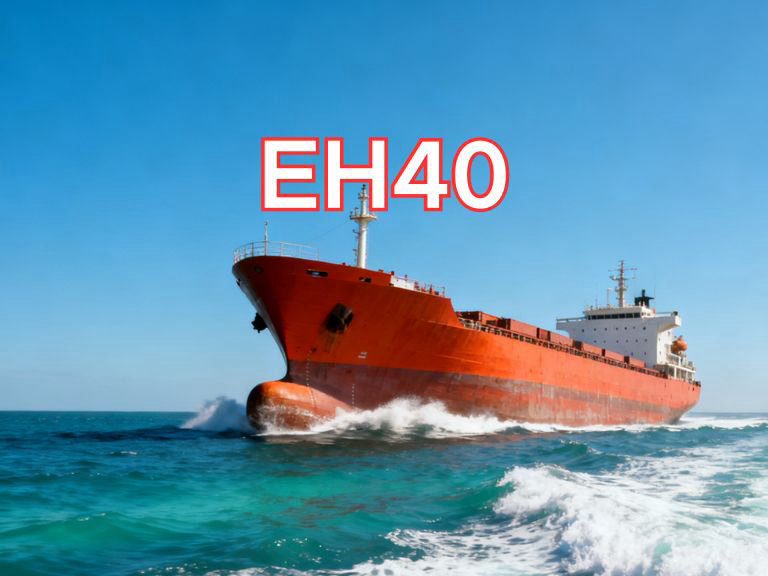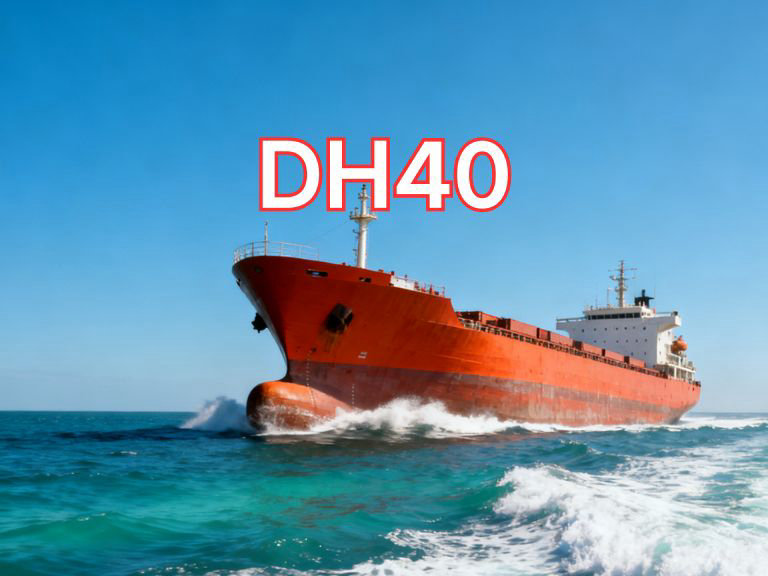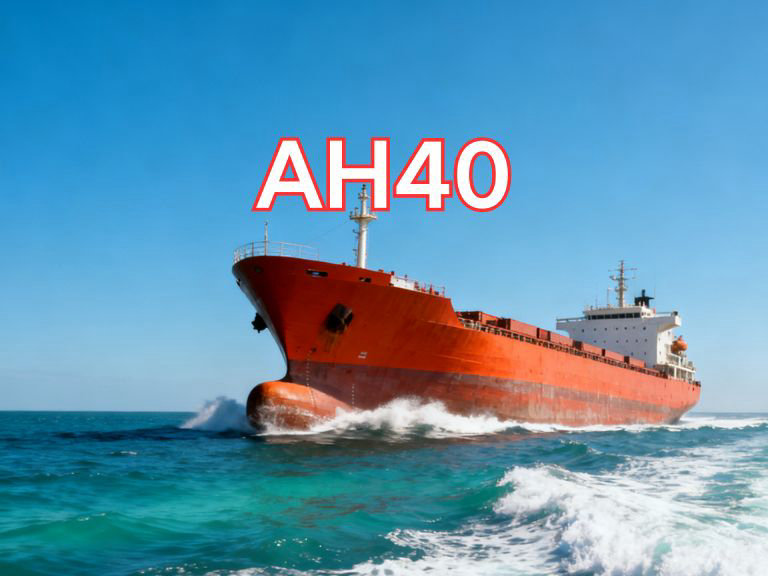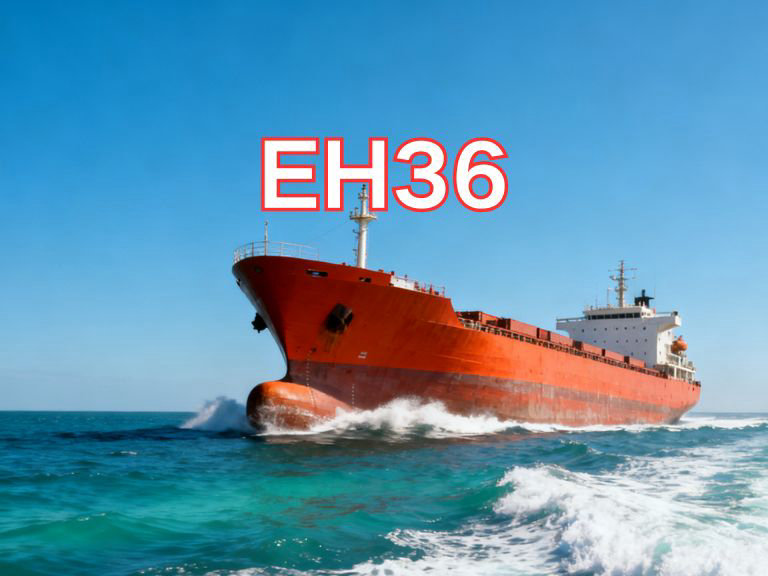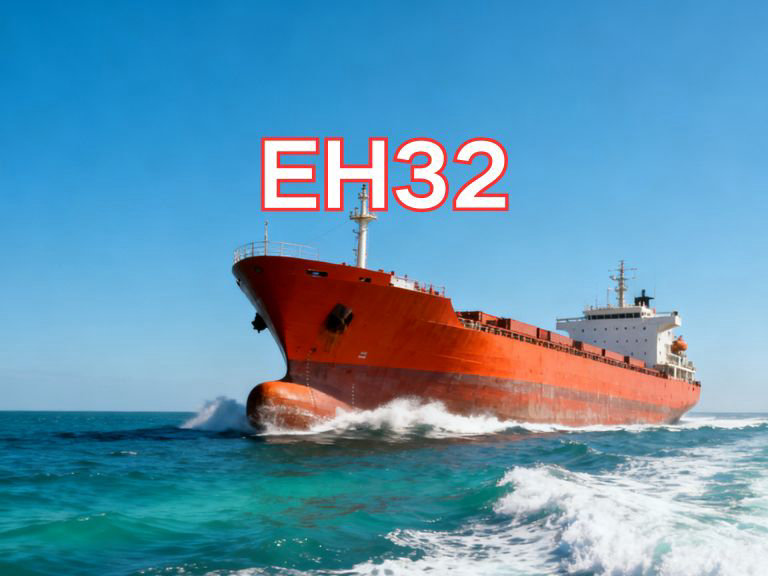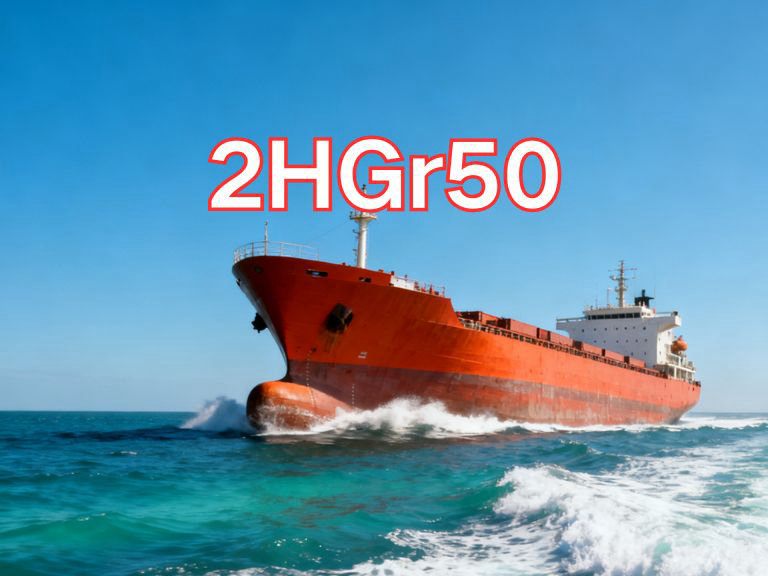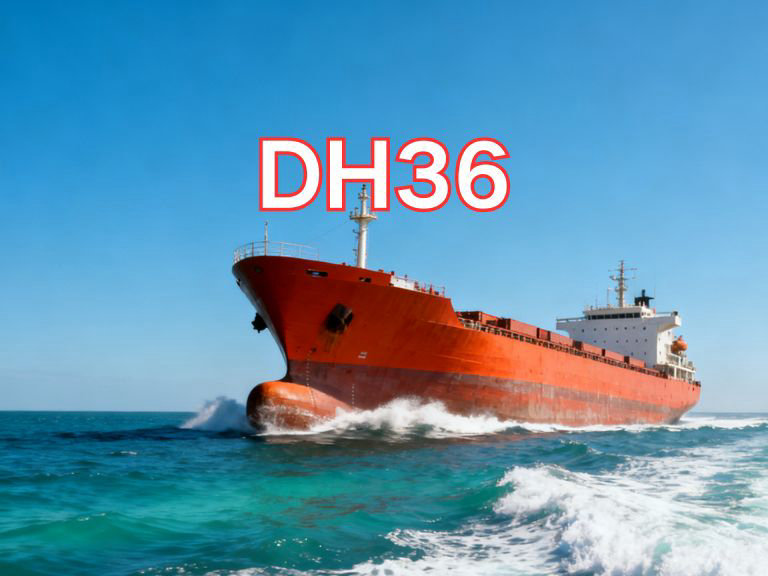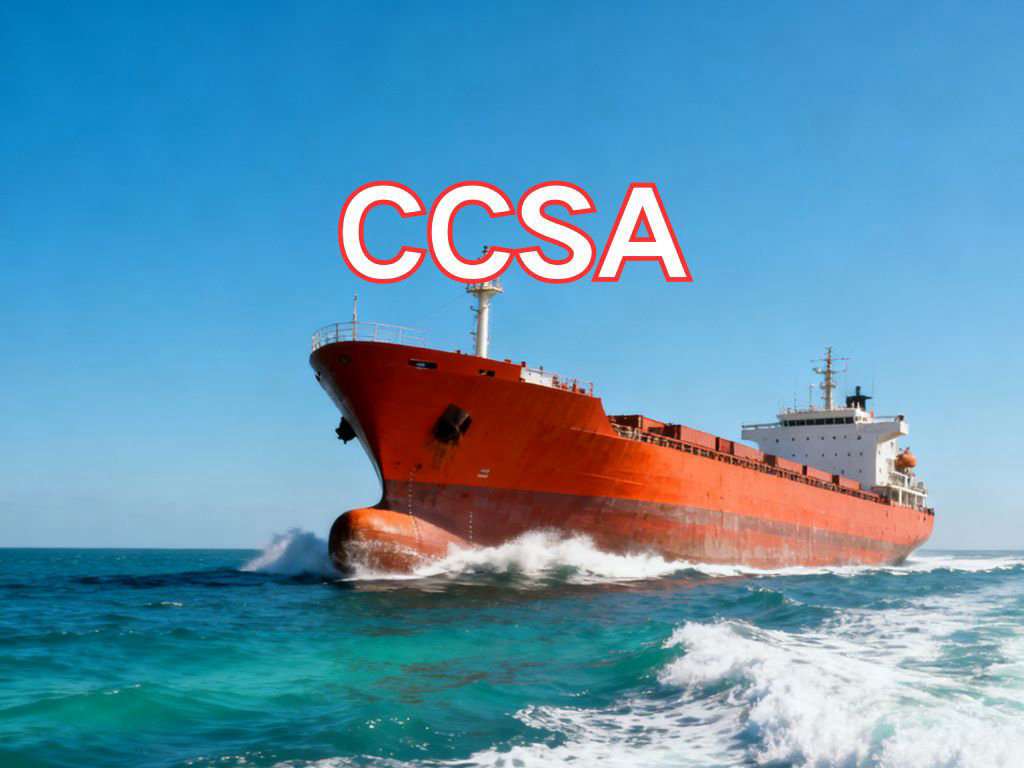

CCSA
CCSA steel plate is a general-strength hull structural steel certified by the China Classification Society (CCS), possessing good strength, ductility, and weldability. It requires impact toughness testing at 0°C, making it suitable for constructing ships navigating in temperate waters and is widely used in the shipbuilding industry.
Grade Designation
"CCSA" is a grade name for hull structural steel designated according to the regulations of the China Classification Society (CCS).
CCS: Stands for China Classification Society.
A: Represents the quality grade, the basic level among the four grades (A, B, D, E), requiring impact testing at 0°C.
Physical Properties
Yield Strength (ReH): ≥ 235 MPa
Tensile Strength (Rm): 400 - 520 MPa
Elongation after Fracture (A): ≥ 22%
Impact Toughness: V-notch impact test at 0°C, average impact energy (KV2) ≥ 27J (one of three specimens in a group may be as low as 20J).
Thickness Range: Typically applicable for plates from 6mm to 100mm.
Chemical Composition
According to the classification society rules, the main chemical composition (mass fraction %) requirements for CCSA steel plate are as follows:
Carbon (C): ≤ 0.21%
Silicon (Si): ≤ 0.50%
Manganese (Mn): 0.30% - 0.90% (Note: Slight variations exist in different sources, but all fall within this range)
Phosphorus (P): ≤ 0.035%
Sulfur (S): ≤ 0.035%
Aluminum (Al): Aluminum can be added for deoxidation, with specific requirements for total aluminum (Alt) content.
Application Fields
CCSA steel plate is primarily used for manufacturing:
Hull structures of various civilian ships (such as bulk carriers, oil tankers, container ships) navigating in temperate and tropical waters.
Non-primary load-bearing components of the hull, superstructures, decks, bulkheads, and bottom plates.
Inland waterway vessels and offshore engineering structures.
Testing and Production Methods
Production Method: Produced by oxygen converter or electric arc furnace smelting, followed by hot rolling.
Testing Methods:
Mechanical Properties: Tensile test per GB/T 228.1, impact test per GB/T 229, sampling per GB/T 2975.
Chemical Composition: Analyzed per GB/T 223 series or GB/T 4336 standards.
Ultrasonic Testing: Per GB/T 7734 or classification society rules to ensure no internal defects.
Dimensions and Shape: Inspected per GB/T 709.
Inspection Rules: Requires supervision and product inspection by a classification society surveyor during production, and can only be released after passing the inspection.
Corresponding or Similar Grades in ASTM, JIS, and EN Standards
American Standard (ASTM): A131 Grade A
Japanese Standard (JIS): There is no direct equivalent; performance is close to SS400, but SS400 is not a dedicated ship plate. It is closer to Nippon Kaiji Kyokai's (NK) general-strength steel, which also uses A/B/D/E grading similar to CCS.
European Standard (EN): S235JR (EN 10025-2) is similar in strength and 0°C impact requirements, but S235JR is a general structural steel, not a dedicated ship plate. In the dedicated ship plate standard EN 10225, S235G1+N is relatively close in performance.
The China Classification Society has established its shipbuilding regulations since its inception. As a basic ship plate grade, the concept and grading system of CCSA can be traced back to the early versions of the "Rules for Building and Classing Steel Ships" issued by the China Classification Society. Although the exact year and version number cannot be pinpointed, this grading system was established in CCS regulations as early as the 1980s or even earlier and has been in use to this day, being one of the most fundamental and historically longest-standing ship plate grades in the classification society's rules.

Ultrasonic Testing (UT)
A key non-destructive testing technique that uses high-frequency sound waves to detect internal flaws in steel plates. The probe emits sound waves, which reflect when encountering defects such as cracks or inclusions. The receiver captures the echoes, enabling precise determination of defect location and size. With high sensitivity, strong penetration, and fast inspection speed, UT effectively ensures internal quality, widely used in the production of heavy plates, pressure vessel plates, and other high-end products to guarantee safety and reliability.

Magnetic Particle Testing (MT)
A common surface inspection method that magnetizes the workpiece, causing leakage magnetic fields at surface or near-surface defects like cracks or inclusions, which attract magnetic particles to form visible indications. Simple to operate and highly sensitive, MT is suitable for rapid inspection of surface and near-surface flaws in ferromagnetic materials, widely used for online or offline inspection of plate edges, ends, and welds, ensuring product quality and safety.

Penetrant Testing (PT)
A non-destructive method for detecting surface-breaking flaws. A penetrant liquid is applied to the cleaned steel surface, allowing it to seep into defects such as cracks or pores. After removing excess penetrant, a developer is applied, causing the trapped penetrant to bleed out and form visible indications. Simple and cost-effective, PT is suitable for inspecting surface defects in various non-porous materials, commonly used for welds, castings, and complex components, effectively ensuring surface quality of steel plates.

